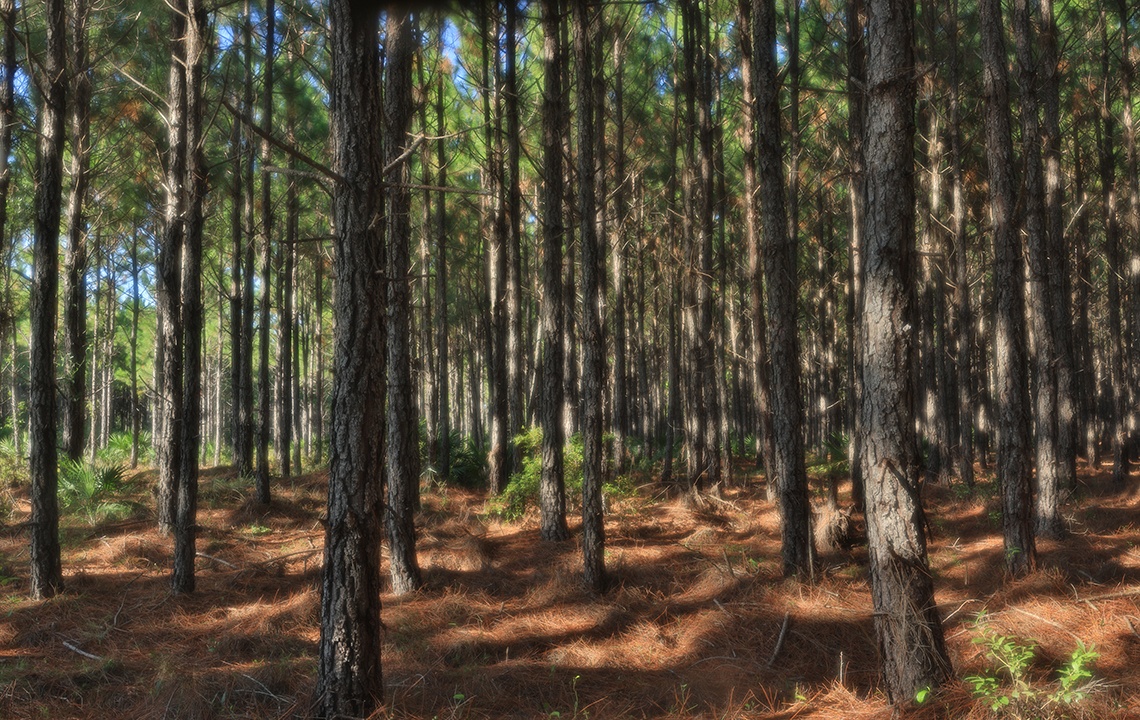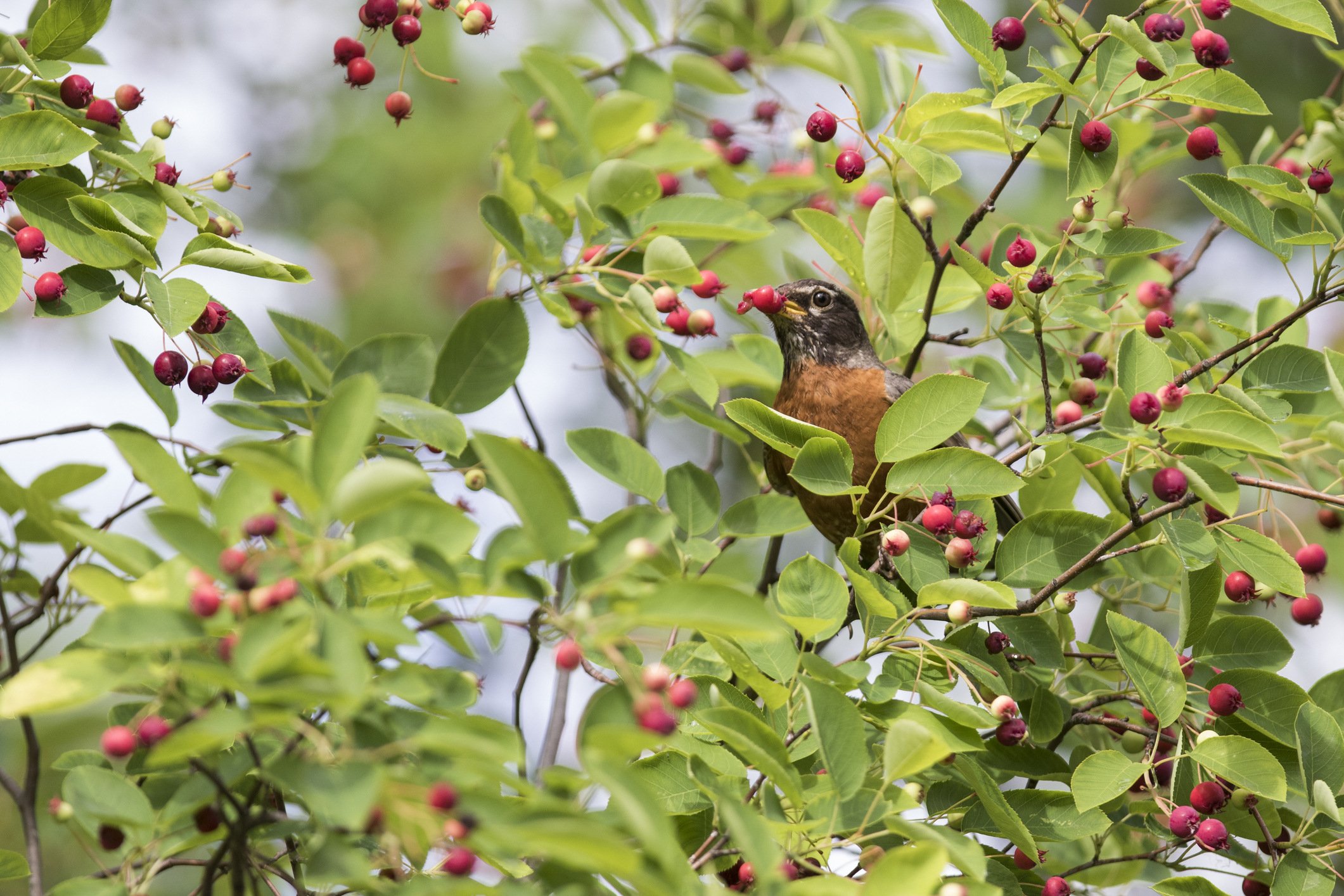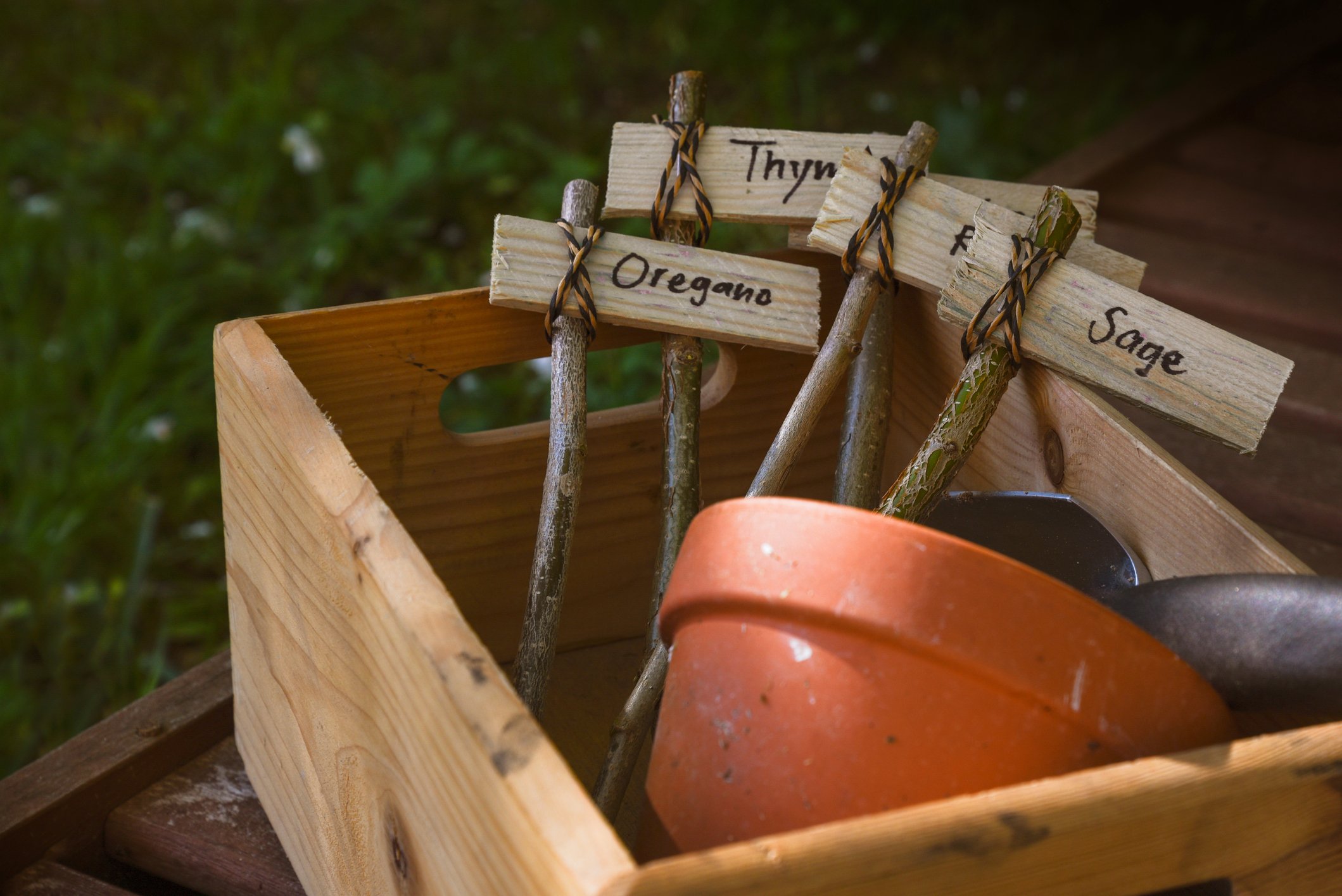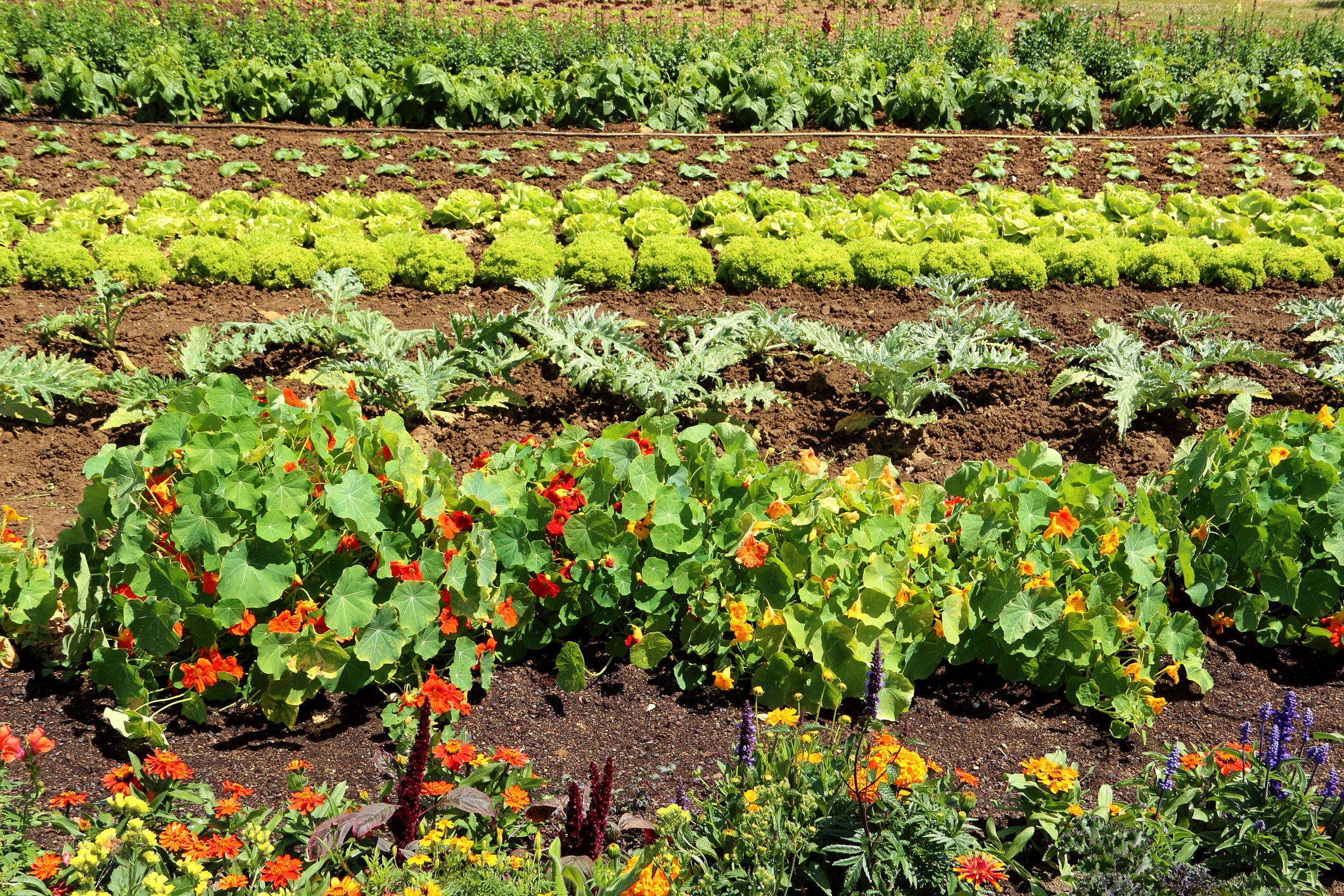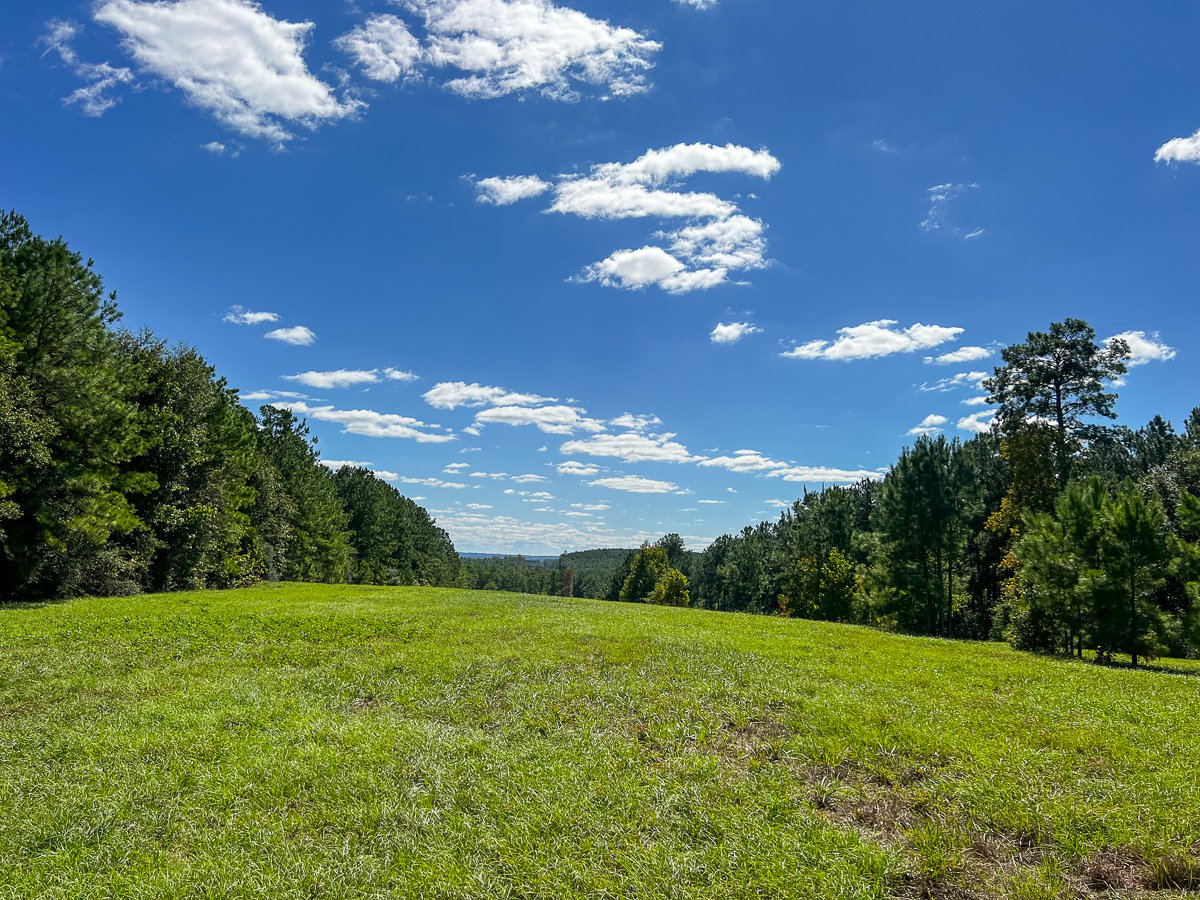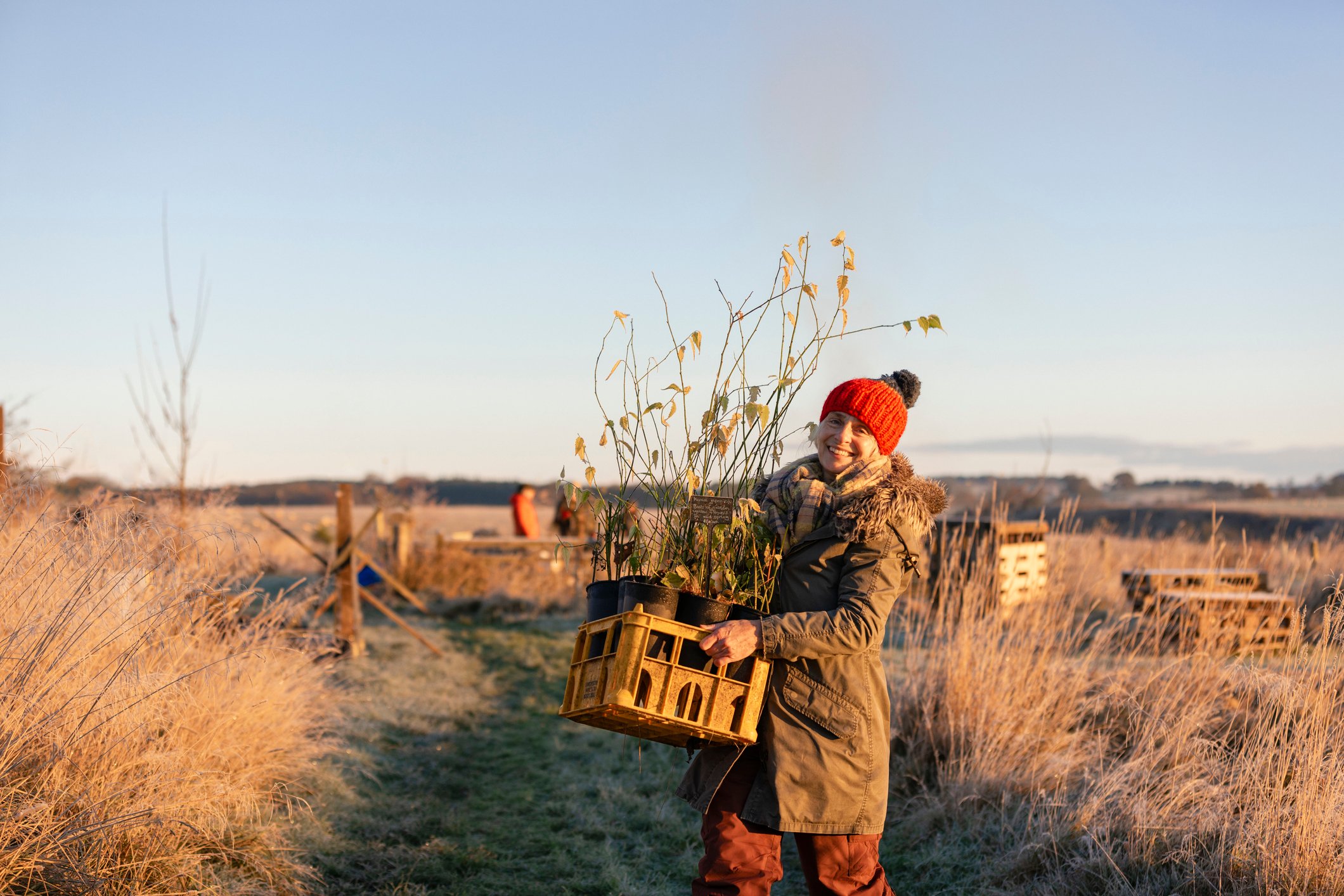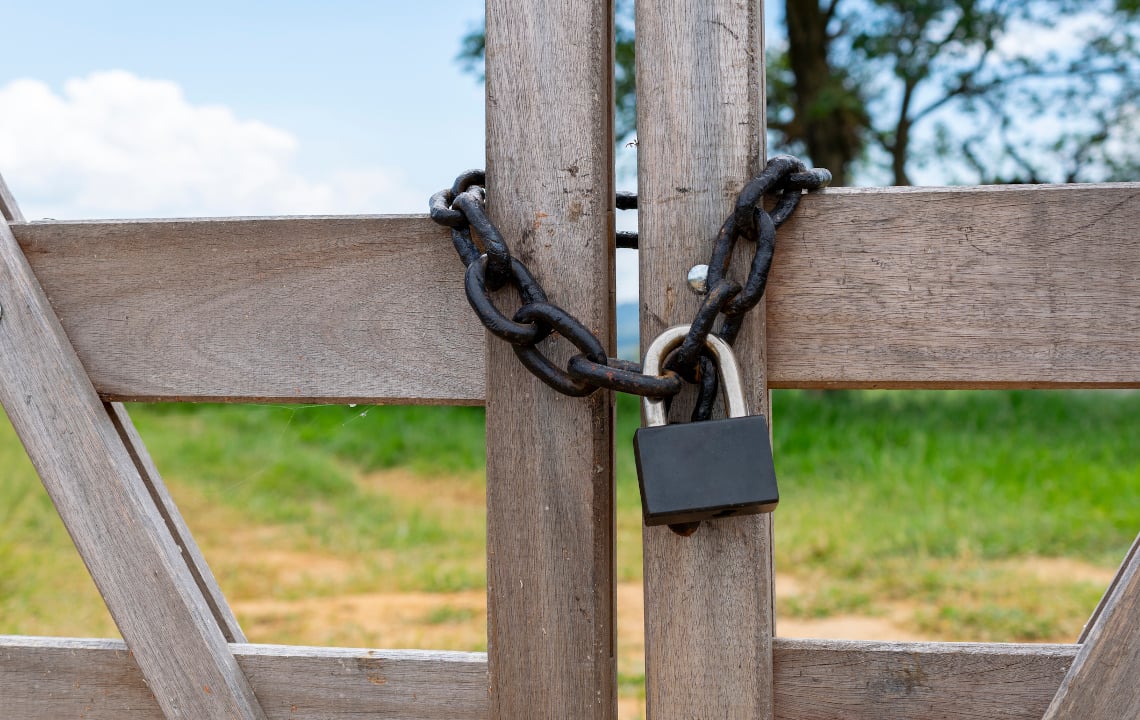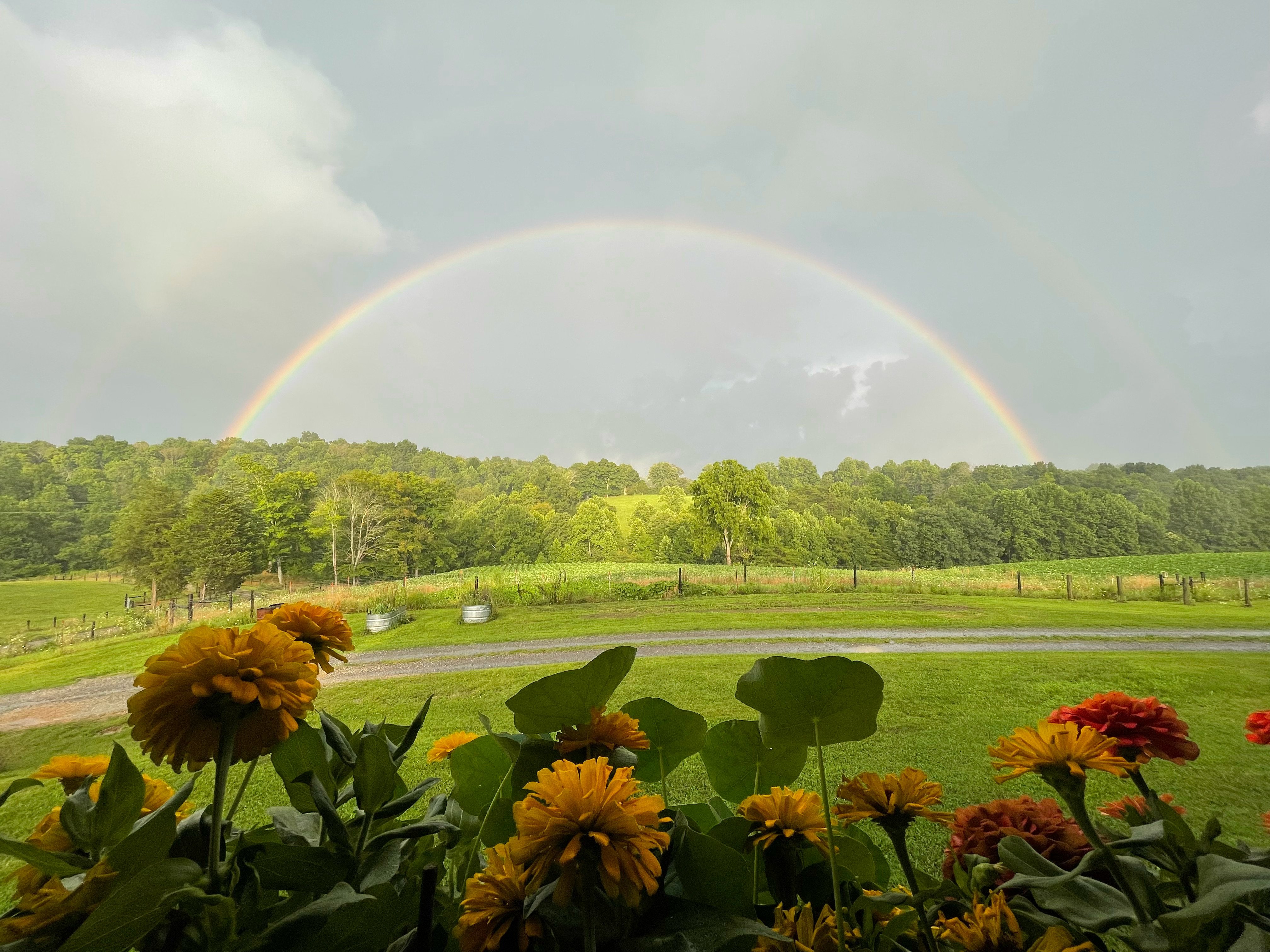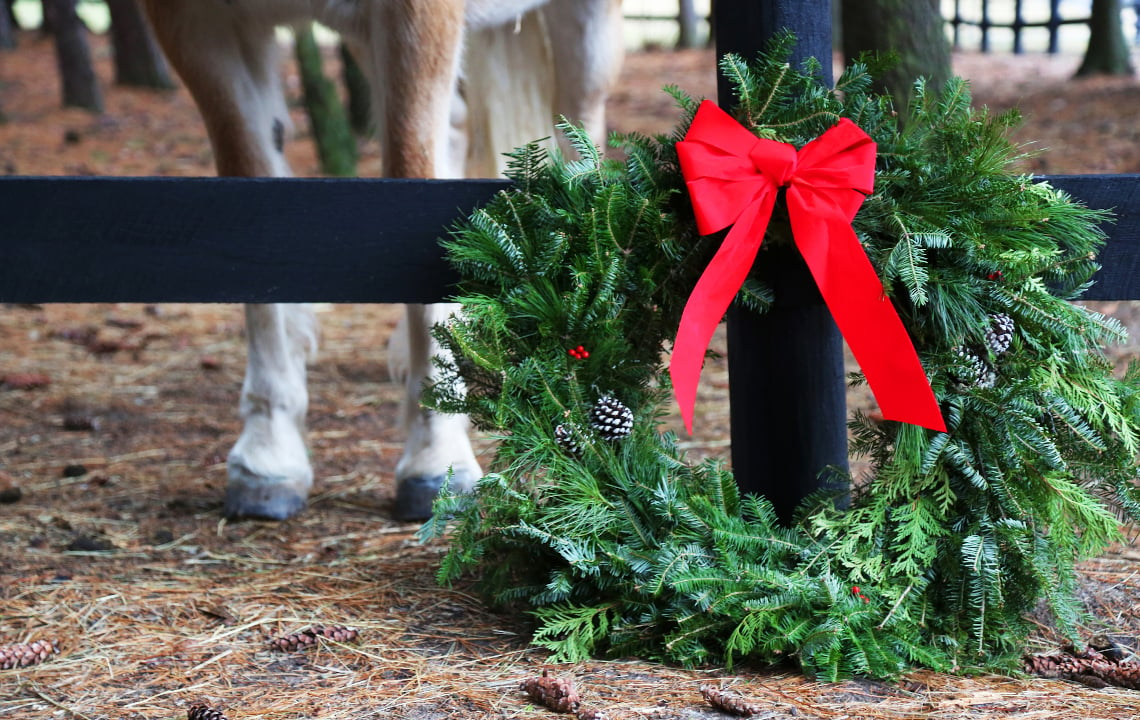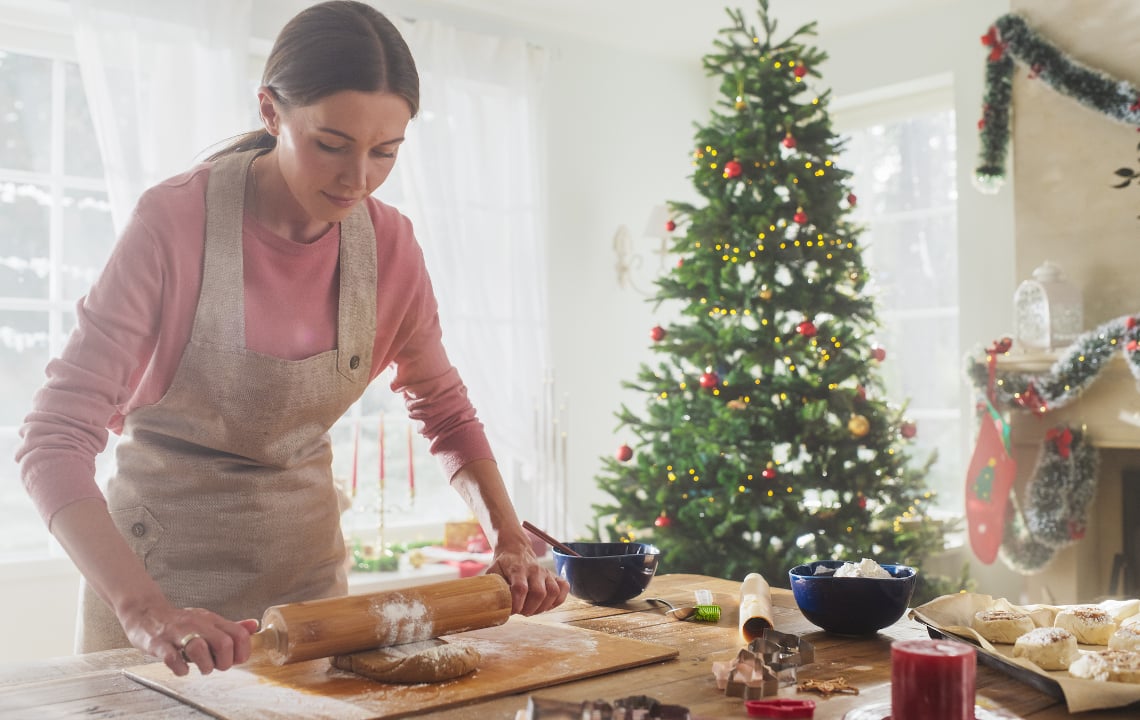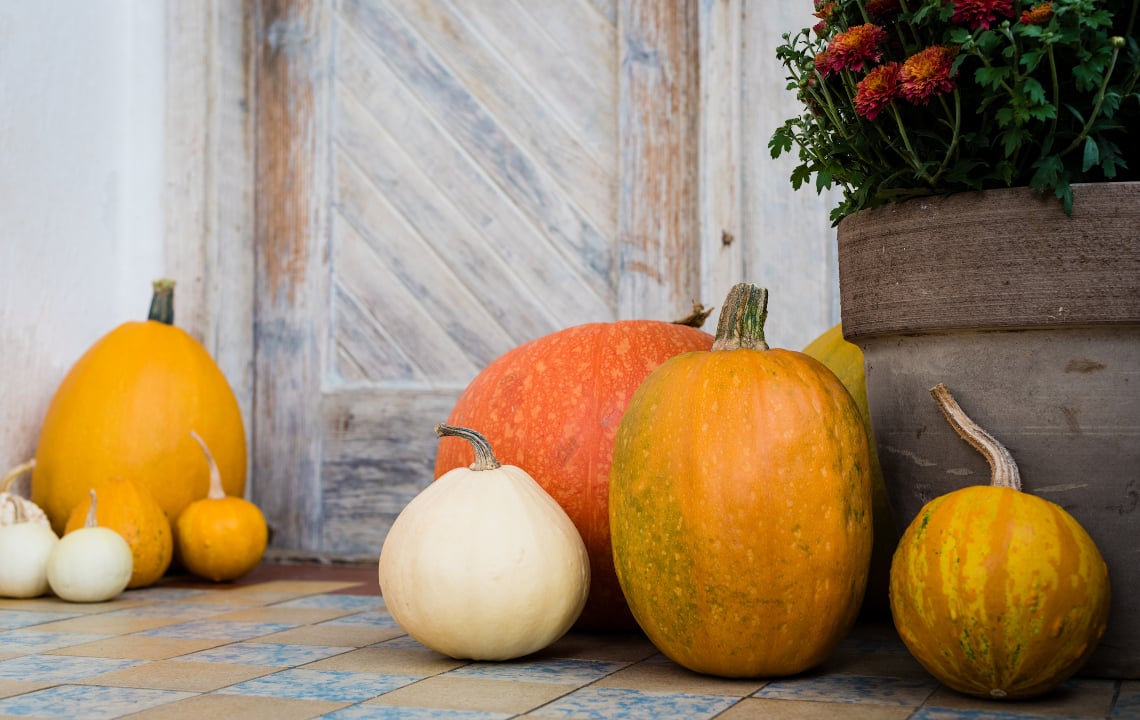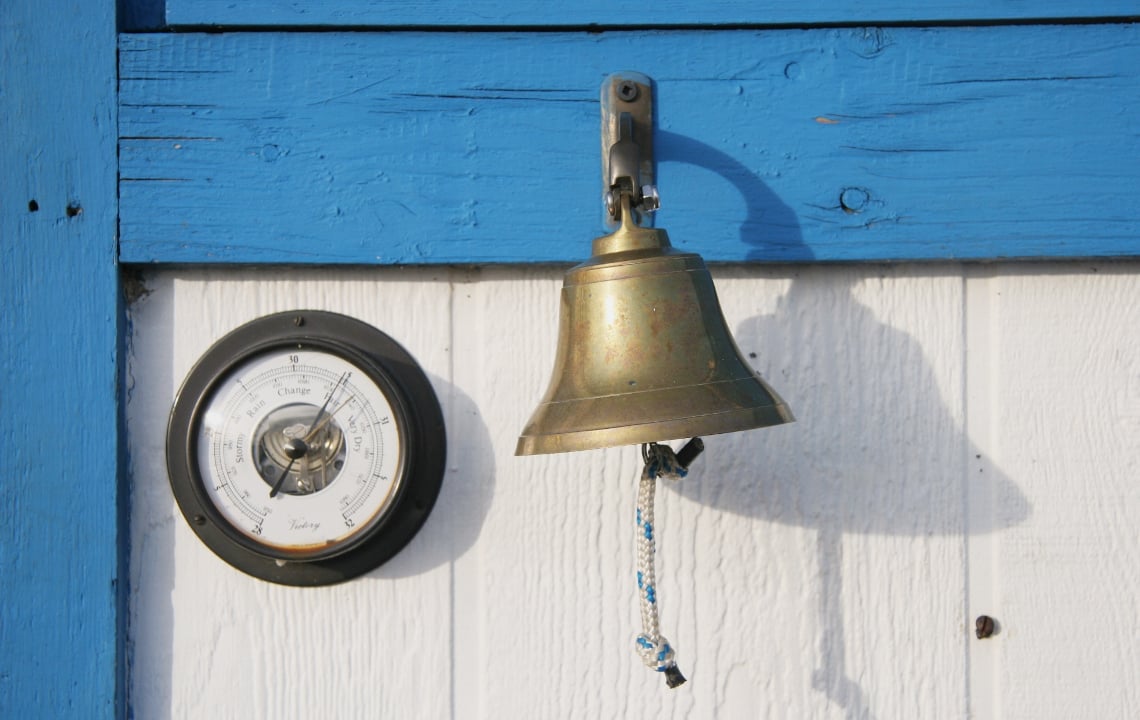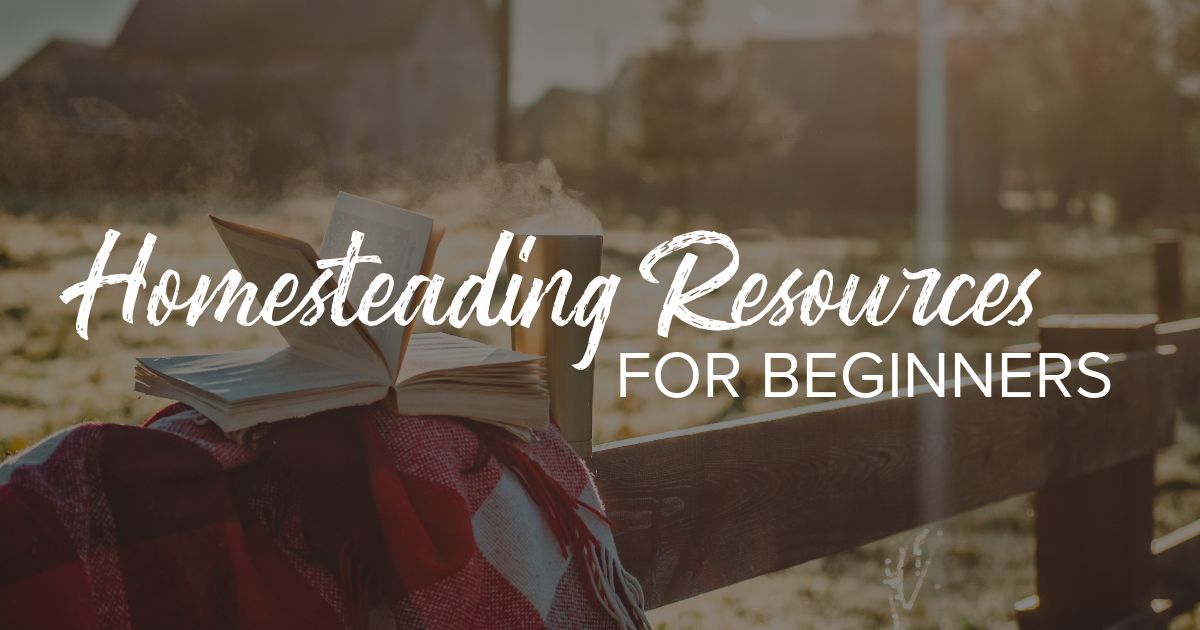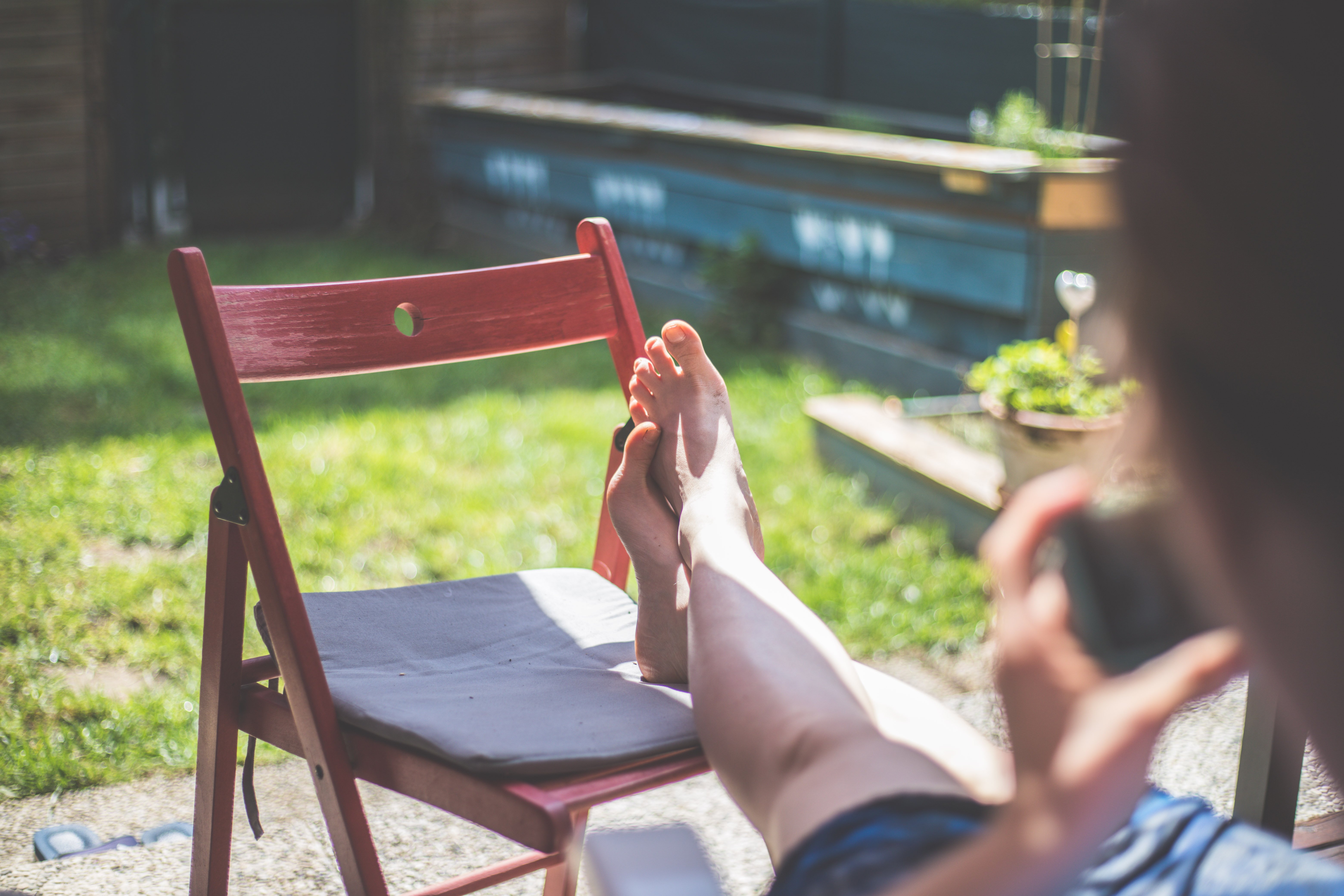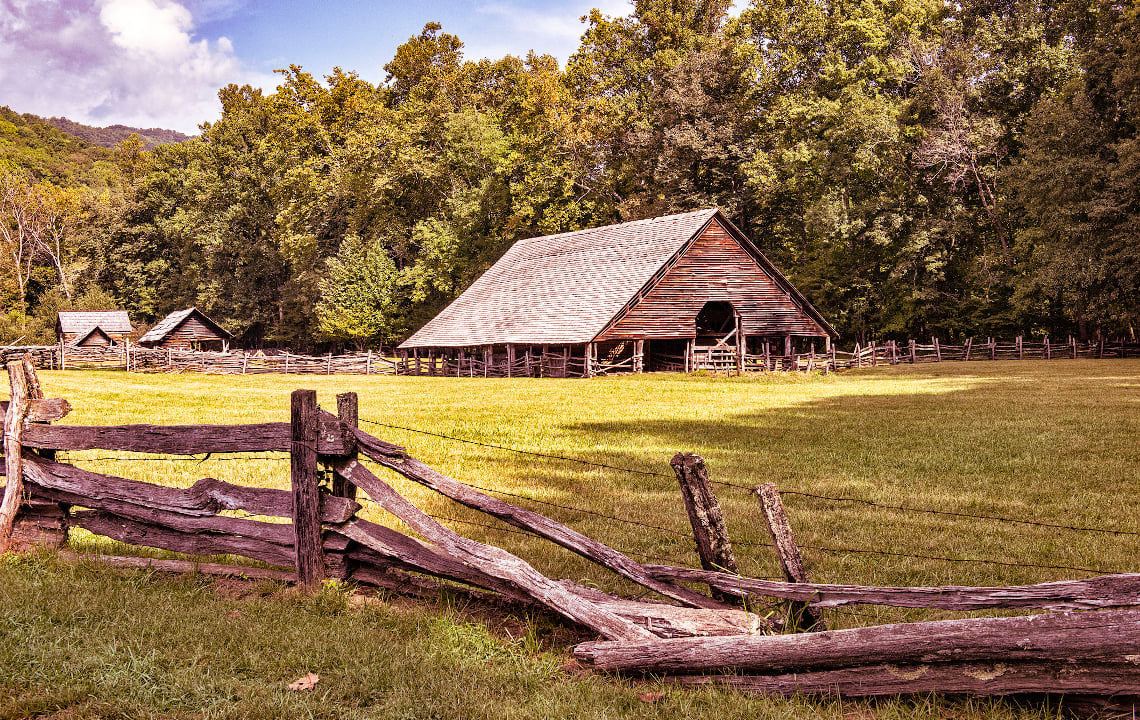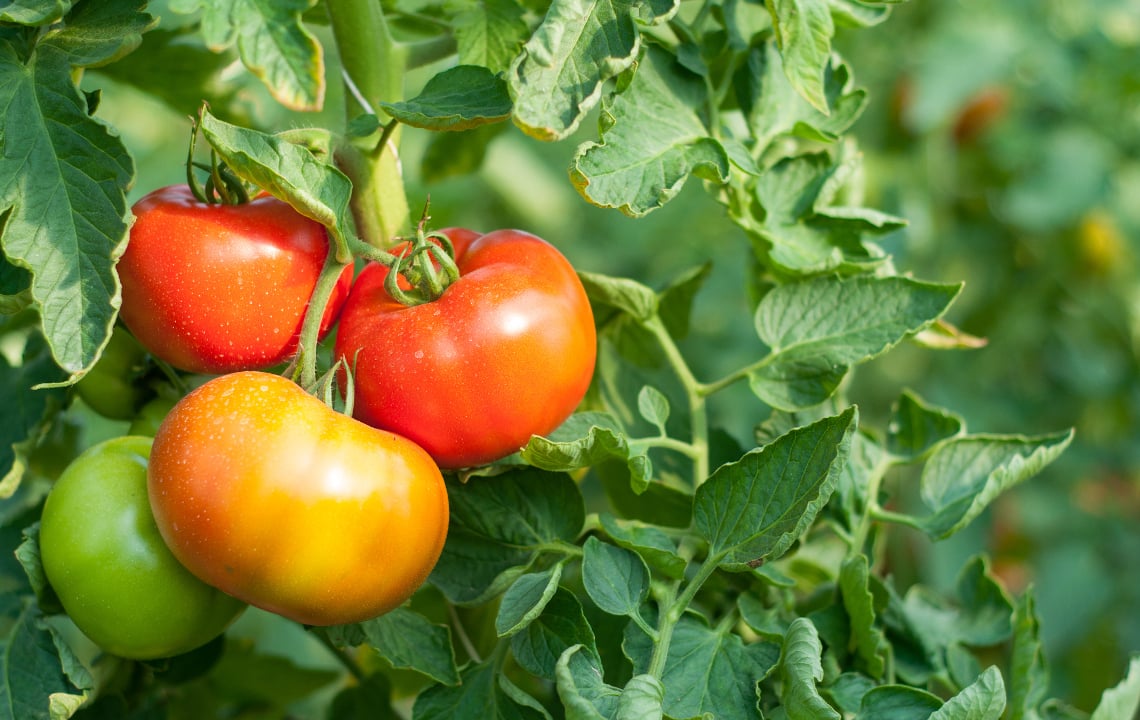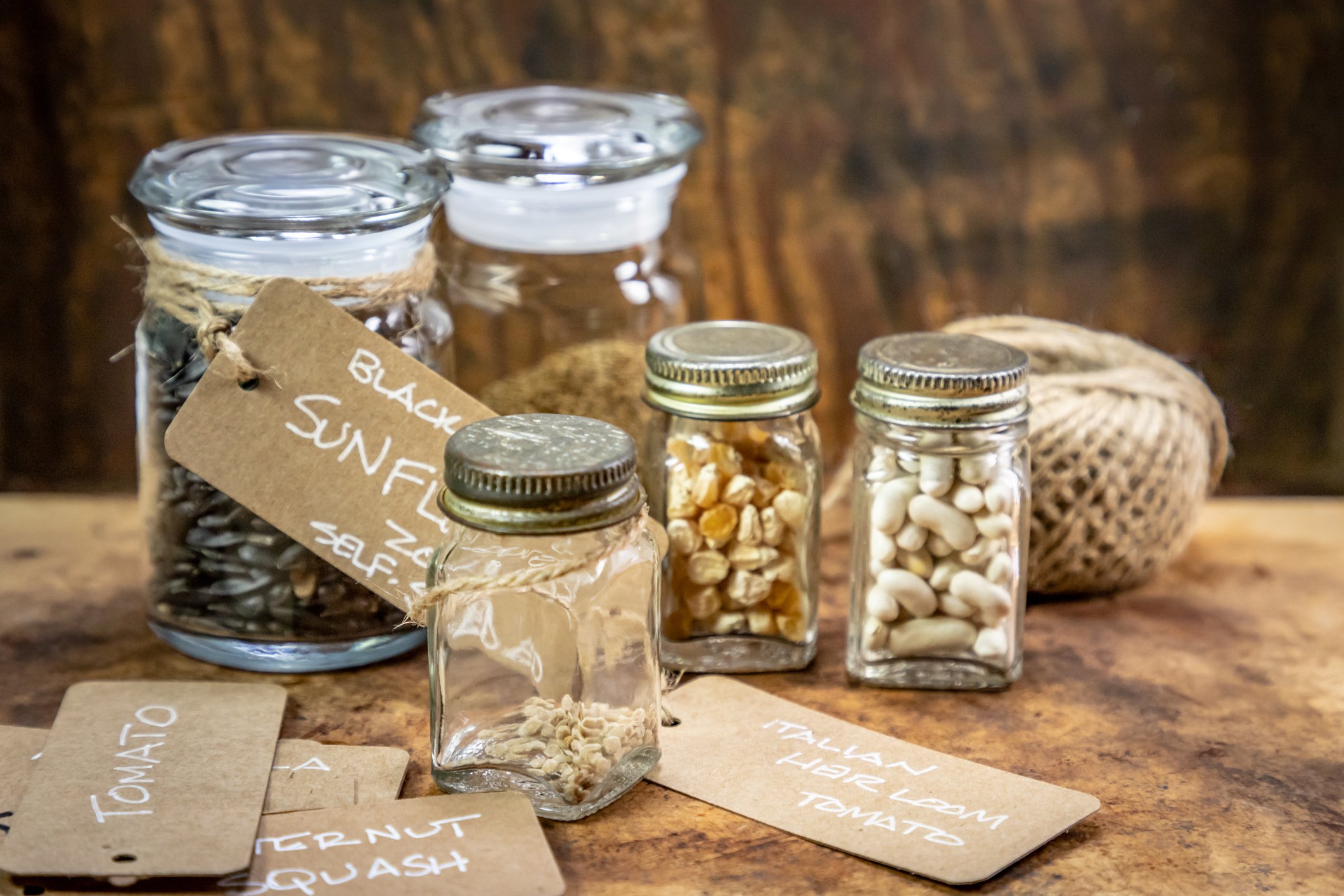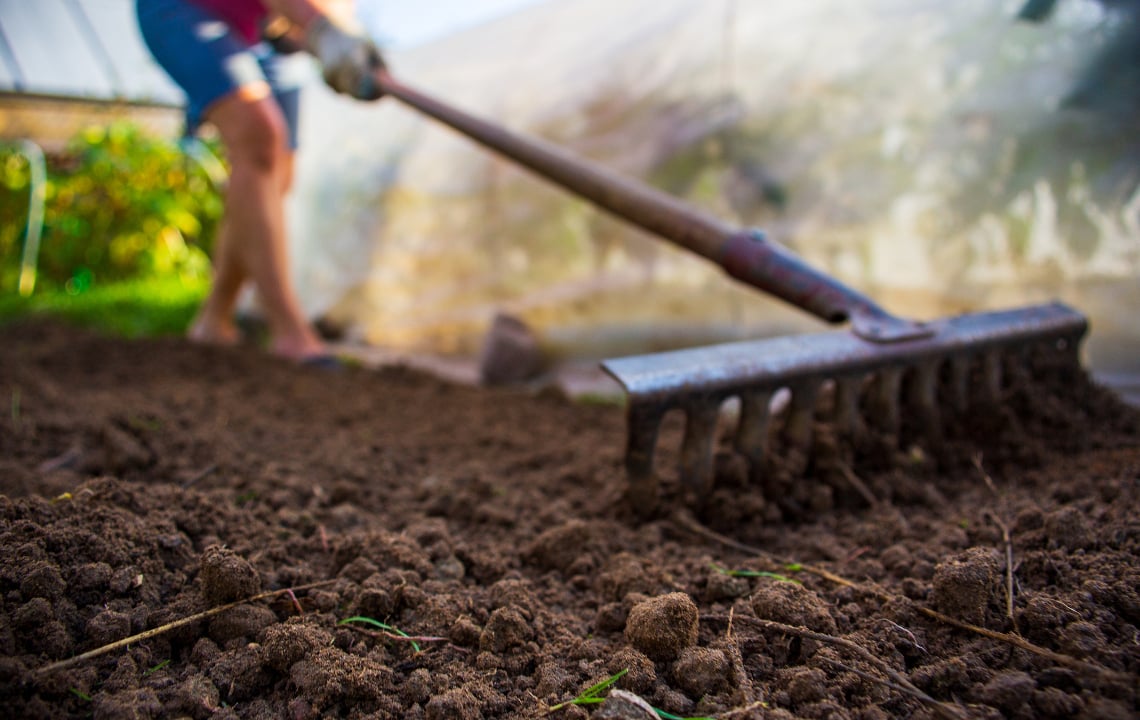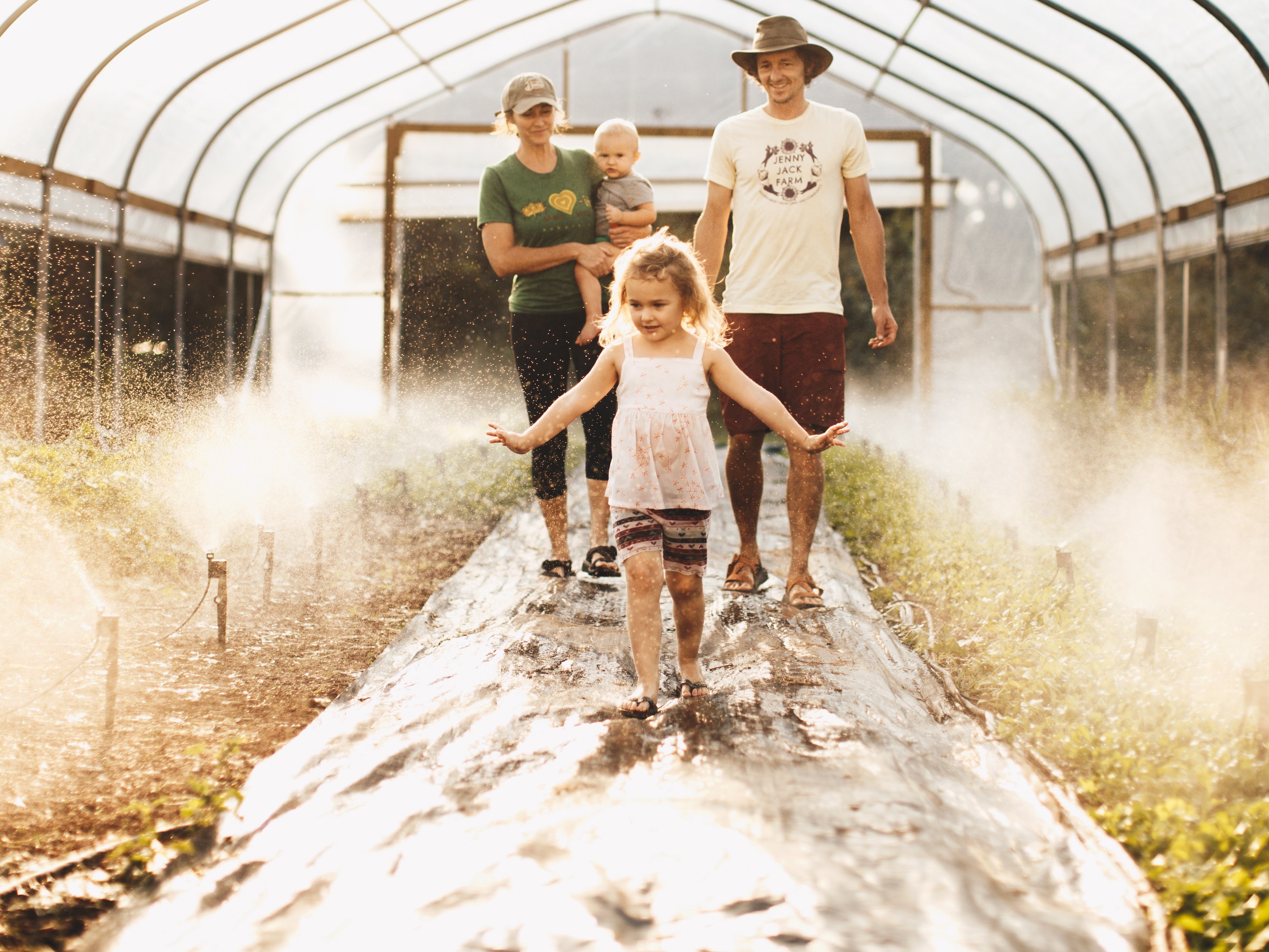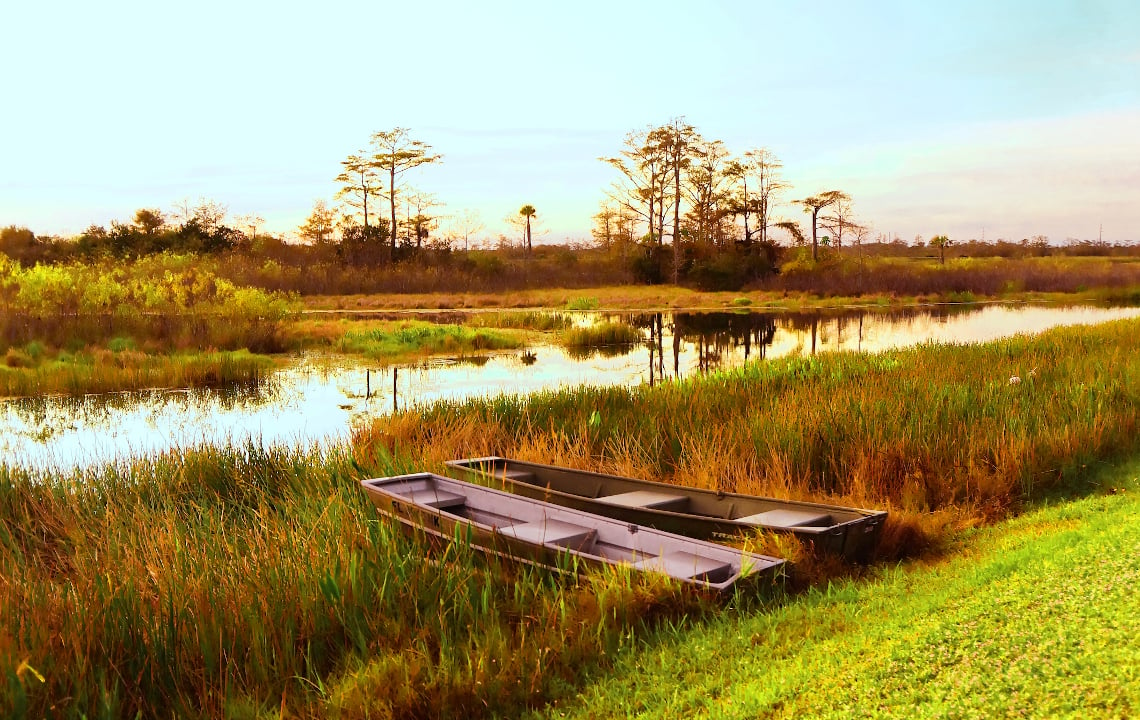What does a forester look for to know whether a forest is healthy or unhealthy? A forestry expert reviews the signs of great tree health - and signs of trouble.
To the untrained eye, two forests may look very similar even though one is much healthier than the other.
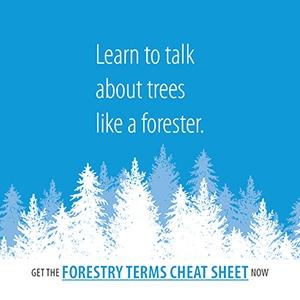 So how does someone without a background in forestry or timber management know whether a forest is healthy?
So how does someone without a background in forestry or timber management know whether a forest is healthy?
There are key signs to look for in evaluating timber value and health, whether you’re a forester evaluating a stand of trees for their timber value, or a landbuyer looking for forested acreage for your future homestead or hunting getaway.
Dr. Jim Gent, a retired director of forest research for a large timber company, shares key factors to look for when determining whether trees are healthy. Rethink:Rural’s owner, Raydient Places + Properties, is a taxable subsidiary of a large timber company, Rayonier Inc.
Tip #1: Look to the treetops to determine how much light the trees are capturing
If you can barely see the sun through the leaves or pine needles of the trees overhead, it means that they are able to gather copious amounts of light, which translates into more energy for photosynthesis and the potential to grow robustly. Sparse leaves translates to a weaker tree - now and in the future.
“You’ll never have complete cover, but there shouldn’t be a lot of sun coming through,” Gent says.
For that same reason, besides looking for a full “crown” of healthy green leaves at the top of a tree, you can look to the ground to determine health. If the ground is quite dark, meaning not a lot of sunlight is getting past the trees’ leaves, it has a good amount of leaf area. Low sunlight on the forest floor also helps to reduce the level of understory vegetation, which compete with the trees for nutrients and water.
You can see examples of full crowns and other signs of tree health in this The Rural Rules video:
Foresters actually use complex calculations to measure a forest’s leaf area, hoping for an ideal 3 to 4 acres of leaf surface area for every 1 acre of land.
Gent said he would follow those same guidelines for healthy trees regardless of whether he were evaluating a timber stand for his employer or deciding whether to buy property for a home, himself.
Tip #2: The color of a pine tree’s needles can reveal whether it is healthy
When Gent is checking on the health of a stand of trees, he looks at the color of the pine needles.
“I want to see long, dark needles as well as a high density of needles,” Gent says. “If a pine tree isn’t receiving proper nutrition, the needles will be shorter in length, fewer in number, and tend to have a pale green color.”
What can a pine needle tell you about a tree’s overall health?
- Yellow or short needles are a sign of a nitrogen deficiency. But keep in mind that loblolly pine needles - already a lighter color than slash pine needles - naturally take on a more yellow hue in the winter.
- Shorter, purplish needles can be a sign of a phosphorous deficiency.
- Short needles can also be a sign that the land the trees are on is especially wet and may even be prone to flooding.
Tip #3: Be on the lookout for evidence of pests and disease
Even in healthy forests, the occasional tree may have some form of disease or insect attack. Some of the most common diseases to look out for in Southern pine forests include:
- Fusiform rust. This disease affects the stem quality of a tree. Signs of a damaging case of fusiform rust include cankers or galls growing on the main stem of a tree.
- Nantucket pine tip moth. This moth puts its eggs in the growing tip of the pine and its larvae feed into the terminals of the tree’s branches, reducing height growth and crown width of young loblolly pine trees.
- Pitch canker. This disease may hurt the form of the tree by causing forking, in which the tree’s main stem splits, reducing the value of the tree. It is more common in slash pines than other varieties of pine trees, and is most prevalent in Florida. A common sign of pitch canker is a resin bleed leaking out of the tree.
- Southern pine beetle. While the other irritants listed here can affect the health of a tree, the Southern pine beetle can actually kill a tree. Look for a widespread swath of trees turning yellow. Southern pine beetle attacks can be devastating and may kill entire stands of trees; fortunately, attacks of this magnitude are not common.
What do foresters do to bring a forest to optimum health?
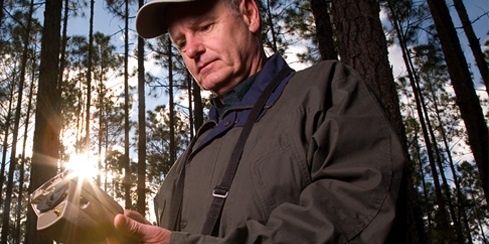 |
| Dr. Jim Gent |
Foresters develop site-specific prescriptions to make the trees they are caring for as strong and healthy as possible. A few best practices for managing timberland include:
- Determining the best species of trees to plant on each site
- Improving soil conditions through tillage
- Fertilizing the trees
- Working to reduce the impact of disease
- Controlling weeds
- “Thinning” the trees to remove any severely diseased or forked trees and provide extra growing space for the final crop of trees
- Using advanced techniques such as a genetics program to breed and grow stronger, more disease-resistant trees
How much difference does the stewardship of foresters make in the health of trees? Plenty!
Foresters see astounding results when they treat deficiencies. Gent said one study by the U.S. Forest Service and North Carolina State University showed an incredible 91 percent increase in stem wood production during a one year period after intensive nutrition management.
Some timberland investors hire independent foresters to manage their trees for them until they are ready to harvest. On smaller tracts of forest land, landowners can learn basic forestry principles to help them better manage their own land.
The University of Georgia even offers a three-day course called Forestry for Non-Foresters, in which seasoned foresters teach basic forestry concepts. Learn more about that forestry education program here.
Did you know? Facts about timber:
Timber serves different purposes depending on how big around a tree is when it is harvested.
- Trees that are just 4 ½ inches around are merchantable for pulpwood.
- Trees with an 8-inch diameter can be used as “chip-n-saw” timber. In other words, you can saw 2 x 4 lumber out of its center, and slabs from the sides can be chipped for pulpwood.
- Trees with an 11-inch or higher diameter can be used as saw timber. The bigger around they are, the more valuable they are, assuming they are healthy.
Want to learn even more about forestry? Get Dr. Gent's beginners' glossary of forestry terms here.


